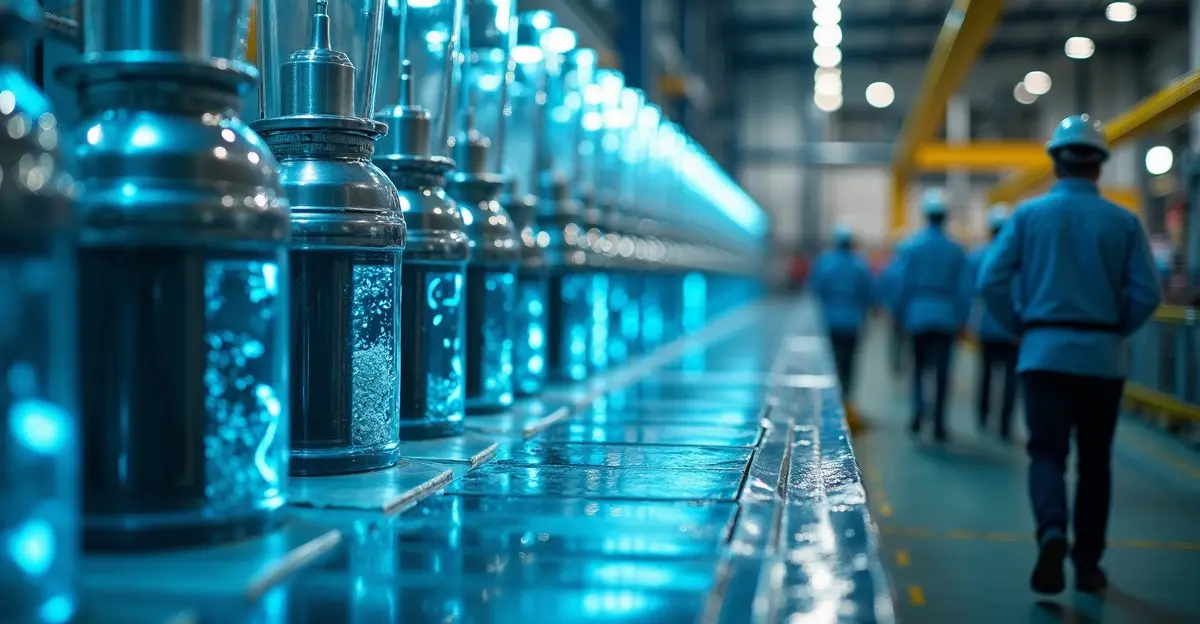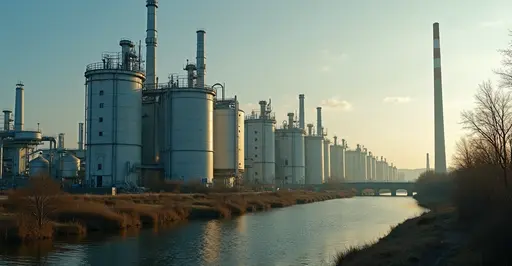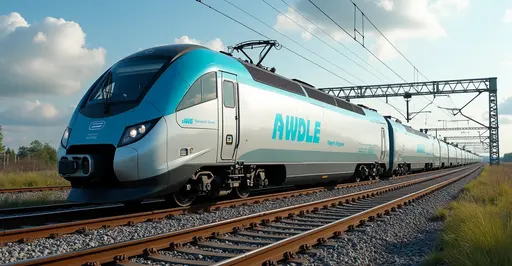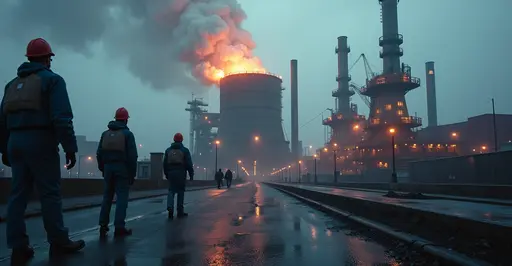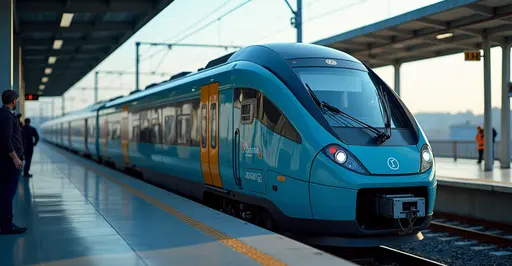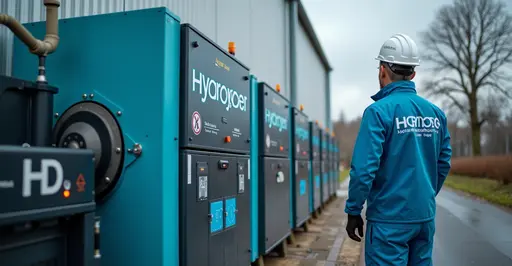
EU Commits Massive Funding to Green Hydrogen Revolution
The European Union has announced a multi-billion euro investment package to accelerate large-scale green hydrogen production across member states. This strategic move aims to position Europe as a global leader in clean hydrogen technology while decarbonizing hard-to-abate industrial sectors.
What Makes Hydrogen "Green"?
Green hydrogen is produced through electrolysis - splitting water molecules using renewable electricity from wind or solar sources. Unlike grey hydrogen (made from fossil fuels), this process generates near-zero greenhouse gas emissions. Current global production remains below 0.04%, but costs are falling rapidly as technology advances.
The EU's Hydrogen Strategy
The European Commission's phased approach targets:
- 6+ GW electrolyzer capacity by 2024
- 40 GW by 2030 producing 10 million tonnes annually
- Full integration into Europe's energy system by 2030+
This aligns with REPowerEU's goal to eliminate Russian fossil fuel dependence.
Funding Mechanisms
The cornerstone is the European Hydrogen Bank, which recently closed its first Innovation Fund auction on February 20, 2025. The oversubscribed auction allocated subsidies to commercial-scale projects using three main electrolyzer technologies:
- Alkaline Electrolyzers (AE): Mature, cost-effective systems
- Proton Exchange Membrane (PEM): Responsive to renewable fluctuations
- Solid Oxide Electrolyzers (SOEC): High-efficiency thermal integration
Additional funding comes from the Connecting Europe Facility for infrastructure like pipelines and storage facilities.
Strategic Impact
This investment aims to:
- Decarbonize steel, chemicals, and heavy transport
- Create 1 million+ clean energy jobs by 2030
- Reduce natural gas imports by 50 bcm annually
- Position EU companies as global technology exporters
Industry Response
Over 1,400 hydrogen projects are currently in development pipeline. Industry leaders will gather at Connecting Hydrogen Europe 2025 in Madrid (June 18-19) to showcase innovations. "This funding finally provides the certainty needed for large-scale deployment," said a Siemens Energy representative.
Challenges Ahead
Key hurdles include reducing production costs (currently 1.5-6× fossil alternatives), building dedicated infrastructure, and ensuring additional renewable energy capacity. The Commission's new greenhouse gas methodology for low-carbon fuels, adopted July 8, 2025, establishes crucial certification standards.

 Nederlands
Nederlands
 English
English
 French
French
 Deutsch
Deutsch
 Espaniol
Espaniol
 Portugese
Portugese




